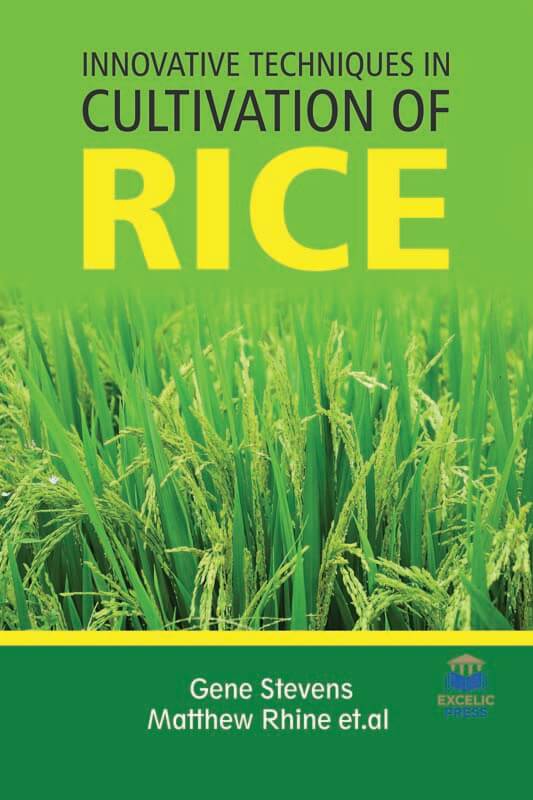The agriculture sector is the backbone of a country’s economy and contributes as the key sector to the revival of the well-being of people. Commonly, rice is the second staple crop after wheat and plays a key role in food security, nutrition, and caloric intake. The green revolution and the continuous introduction of advanced agricultural equipment and genetically improved rice varieties for achieving higher yields has substantially increased the pressures on natural resources, such as water and soil. Despite the fact that the benefits of these actions are especially highlighted through cereals, which have shown more than double mean global yields since the 1960s, there are concerns about the viability of the prospect of further yield increase, not only due to uncertainties in water availability and climate change but also due to soil quality degradation or combined nutrient and water limitations.
This book presents the state of the art information highlighting the issues in areas like breeding and agronomy, managing and controlling the range of diseases affecting rice crop. Farmers have grown rice in flooded fields for thousands of years. To survive in waterlogged soils, rice plants developed a unique plant structure. Within hours of submergence, rice plants produce aerenchyma cells to form air tubes in the stems which help move oxygen internally from above the water to the roots.
The challenges for weed management have inflated in rice cultivation because of the high range of cases of herbicide-resistant weeds, particularly the widespread distribution of imidazolinone-resistant weedy rice. Therefore, there have been explicit interest in preventive, physical, and cultural strategies in recent decades. In this context, this book focuses on different weed management practices. Weed management strategies are described as biological, cultural, chemical, or mechanical practices employed in an integrated manner to prevent and satisfactorily control weed infestations. It also presents an integrated approach to soil quality and fertility assessment in high-yielding rice agro-ecosystems threatened due to overexploitation of soil resources by intensive agriculture. It follows with a focus on disease resistance and susceptibility genes to bacterial blight of rice; protecting rice grains from arsenic toxicity through cultural management, and the impact of irrigation ecology on rice production efficiency. The book further compares the physiological and molecular mechanisms of Fe, Zn, Cd, and Pb uptake, mobilization, and accumulation in rice and discusses the progress and strategies for not only increasing Fe/Zn but also decreasing Cd/Zn accumulation in rice.
It also highlights the current situation of rice production in Afghanistan and suggests solutions for food security and sustainability in rice production to promote farmers’ income, consequently strengthening the country’s economy. Finally, it presents an empirical study on the effects of climate-smart agriculture and climate change adaptation on the technical efficiency of rice farming. This book will be of immense interest to students and practitioners working in the associated field and, moreover, may provide new concepts and starting topics for future researches.














Reviews
There are no reviews yet.